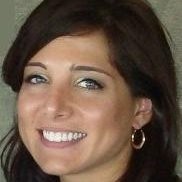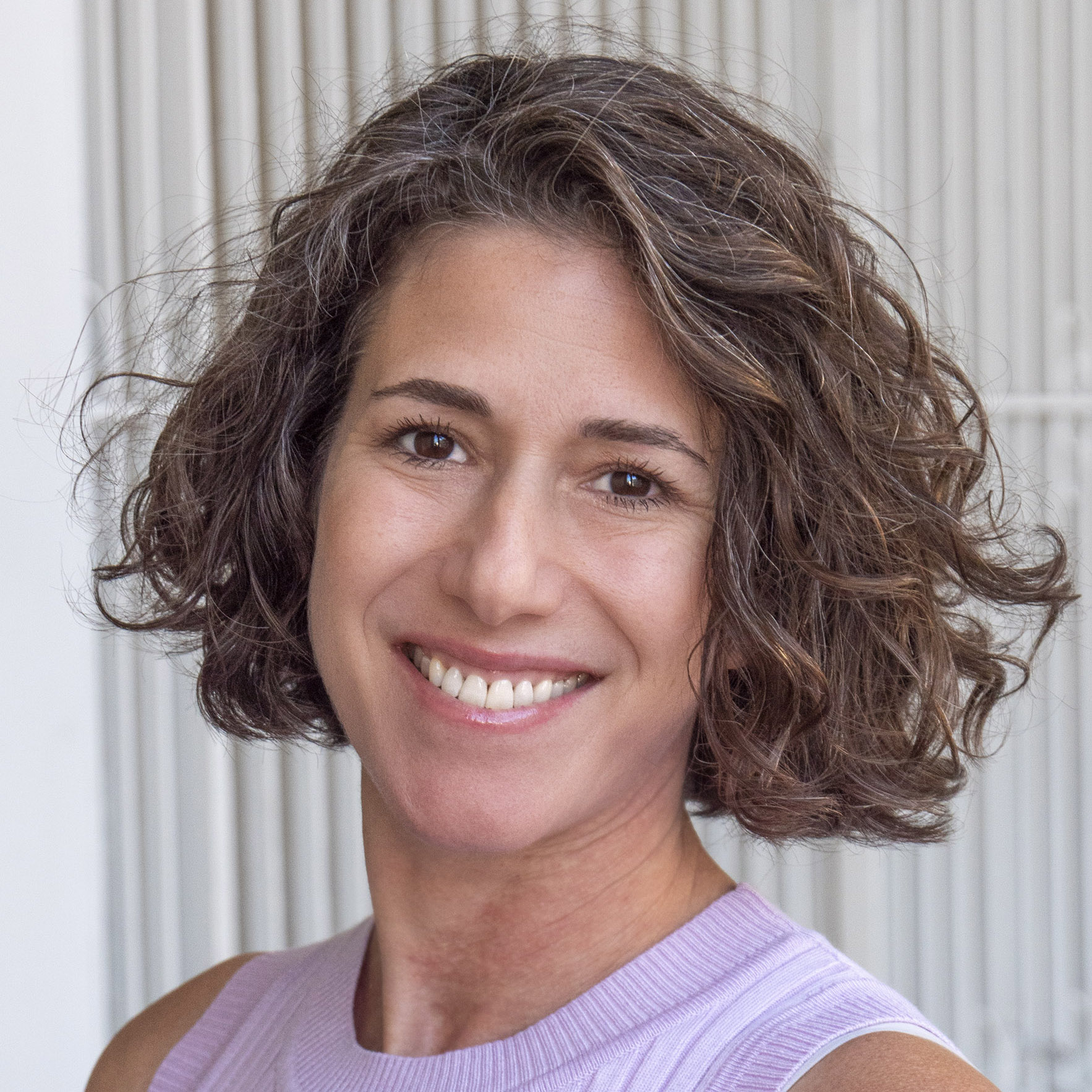
Technical.ly is a free news resource thanks to financial supporters like AI Horizons Pittsburgh, which underwrote this story. It was not reviewed before publication. Learn more about AI Horizons Pittsburgh here.
Growth happens outside of doing what’s easy, but finding the tenacity to make that jump is its own challenge.
Christina Mackrell, head of securities finance technology at BNY, doesn’t shy away from sharing the hard parts of it.
Mackrell comes from a technical background, so when the financial services company’s CIO asked Mackrell to take on her most recent role, she was concerned she wouldn’t be as effective as other candidates with more business experience.

Still, she took the leap. With some reassurance from that CIO, lots of studying and past career practice trying new things, Mackrell said it’s been worth the pivot.
“It’s really hard to get out of your comfort zone,” said Mackrell, a 44-year-old resident of Cranberry Township in Southwestern PA. “You get very complacent in a certain position, everything just starts to become really easy, and that’s when I know it’s time to move.”
In this edition of Technical.ly’s How I Got Here series, Mackrell shares how foundational internships helped her get comfortable with change, the ways AI makes her job easier and more.
This Q&A has been edited for length and clarity.
How did your tech journey begin?
I was introduced to technology when I was quite little. My dad is an electrical engineer, and my mom was a computer programmer. I actually would frequently go to data centers with my parents, because this was back in the 80s when there was very little security, and you were able to get in with just a little visitor badge.
At the age of 3 or 4, I would be laying in the computer room, before they were officially labeled data centers, and while my mom would program, and I would color the faulty punch cards.
I spent many, many hours and weekends and evenings with her while she programmed and that was really inspirational to me because she was very good at what she did. I could tell because there’d always be a ton of people standing around her, and she did a lot of pretty big things in her day.
Following in her footsteps and being wired quite like my mom, in terms of really liking math and science and problem-solving, I went to school as a computer engineering major at Johns Hopkins.
What was your first job, and how did it lead to your current role?
I did an internship in retail banking, and then I did an internship in FX, both at Mellon, and from there, they filtered me into a technology leadership management program.
The thing that was great about this program is that I rotated every six months through different departments within Mellon. It gave me a lot of experience to see different parts of the business and meet lots of different people.
Anyone that I could talk to and learn from was basically a role model to me.
Christina Mackrell, head of securities finance technology at BNY
I went and got my MBA at night. I felt like there was a little bit missing after graduating from college. I went to University of Pittsburgh Katz Business School and stayed at BNY, working in a digital systems group.
Once I graduated, there were a lot of opportunities that came. There’s a program at PNC that was similar to what I did at Mellon. It was another leadership development program, it was also one where I was able to rotate around different areas.
Going to another company and being exposed to new people and new technologies and somewhat of a competitor at the time, I was able to learn about other businesses and meet new people.
What does ‘human-first AI’ mean to you?
AI touches our employees in some way, shape or form on a day-to-day basis. We have a platform called Eliza that’s available for anyone to be able to start to integrate with.
Really what we’re trying to do is make ourselves be more productive and allow ourselves to be able to to leverage the technology to accomplish what we want to do, faster, quicker, better. So, it’s not really about the technology and what we can do in terms of replacing humans. It’s about how we use technology to augment what we do so that we are able to better deliver for our clients.
We’re working with our quants engineers on this new algorithm that we’re building for our trading team. I was looking at the code and I was having a hard time figuring out exactly what it was doing. I put it into an AI workplace tool, and it spits back out exactly what it was doing. Everything came and made a lot more sense.
You’re not spending hours trying to dig through it. It’s more like minutes.
What’s the biggest challenge you’ve faced in your career, and how did you handle it?
One of the biggest challenges I face is actually coming into my current role and overcoming the learning curve that I had with markets. I’ve primarily been very tech-focused in most of my career, but nothing that was client facing and really had that close of ties with a business line.
The way I overcame it was leaning into where I knew I was good.
I knew my strengths were being very knowledgeable and having a lot of experience with various technologies. I knew my weakness was I had no idea how the business worked, so I really leaned into the things that I was strong at.
I was able to contribute, roll up my sleeves, be able to help out the team, be able to create those relationships with my team members, while I would do a lot of observation of the business, the trading operations. Anyone that I could talk to and learn from was basically a role model to me.
What do you do outside of work?
Outside of work, my favorite thing to do for myself is run. It clears my mind. It lets me just think through things. I feel like some of my best ideas come when I’m running.
When I’m not running and not working, I spend a ton of time with my kids. I try to do some volunteer things. I’m pretty active in my church community.
Before you go...
Please consider supporting Technical.ly to keep our independent journalism strong. Unlike most business-focused media outlets, we don’t have a paywall. Instead, we count on your personal and organizational support.
Join our growing Slack community
Join 5,000 tech professionals and entrepreneurs in our community Slack today!

Tech Hubs’ new $210M funding leaves Baltimore and Philly off the table

Here’s what to know before using AI to craft your brand’s social media posts

Nonprofits are training AI chatbot ‘employees’ to take over tasks that cause burnout and stress



